The World’s Most Famous Paintings: A Timeless Journey Through Art
Art has the power to transcend time, space, and culture, connecting us with the minds and emotions of artists throughout history. Some paintings have become icons, each holding a unique story and significance in art history. In this article, we’ll explore some of the world’s most famous paintings, discussing their origins, artists, and the unique qualities that continue to captivate viewers.
1. The Starry Night by Vincent van Gogh
Vincent van Gogh’s The Starry Night, painted in 1889, is one of the most well-known works in Western art. This post-impressionist masterpiece depicts a swirling night sky over a quiet village, combining vivid colors with dramatic brushstrokes to create a dreamlike vision. The painting represents Van Gogh’s complex emotions and his fascination with the night, offering a glimpse into his creative genius and inner turmoil.

2. Girl with a Pearl Earring by Johannes Vermeer
Often called the “Mona Lisa of the North,” Johannes Vermeer’s Girl with a Pearl Earring captures the simplicity and beauty of a young girl in a turban, with a luminous pearl earring as the focal point. Painted in 1665, this portrait is known for its realism, Vermeer’s delicate use of light, and the sense of mystery surrounding the girl’s identity.

3. Mona Lisa by Leonardo da Vinci
Leonardo da Vinci’s Mona Lisa is perhaps the most famous painting in the world. Completed in the early 16th century, it portrays a woman with a serene expression, and her enigmatic smile has fascinated audiences for centuries. The painting’s mastery of sfumato (the technique of blending tones) and the lifelike detail in Mona Lisa’s expression make it an enduring symbol of Renaissance art.
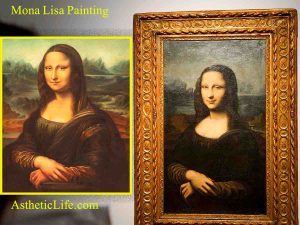
4. The Last Supper by Leonardo da Vinci
Another masterpiece by Leonardo da Vinci, The Last Supper is a monumental fresco located in Milan. Painted between 1495 and 1498, it depicts Jesus’ final meal with his disciples, capturing their reactions when he reveals that one of them will betray him. The composition, perspective, and emotional intensity make it one of the most studied works in art history.

5. Irises by Vincent van Gogh
Van Gogh’s Irises, created in 1889 during his stay at the Saint-Paul-de-Mausole asylum, showcases his love for nature. The vibrant blue and purple flowers set against a green background reveal Van Gogh’s innovative use of color and form. Known for its dynamic, almost rhythmic quality, Irises remains one of Van Gogh’s most celebrated works.

6. The Creation of Adam by Michelangelo
One of the most iconic images in Western art, Michelangelo’s The Creation of Adam is part of the Sistine Chapel ceiling in the Vatican. Painted around 1512, it depicts God reaching out to give life to Adam. The nearly touching hands have become a powerful symbol of the relationship between man and the divine, capturing the essence of Renaissance ideals.

7. Café Terrace at Night by Vincent van Gogh
Cafe Terrace at Night, painted in 1888, is a charming scene of a lively outdoor café under a starry sky in Arles, France. Van Gogh used bold colors and contrasting light to create a warm and inviting atmosphere. This work is often celebrated for its innovative use of perspective and its ability to convey both realism and imagination.
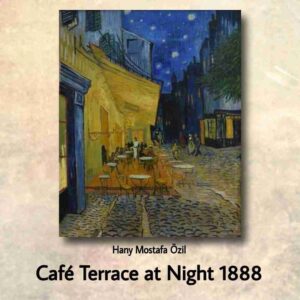
8. Impression, Sunrise by Claude Monet
Claude Monet’s Impression, Sunrise, painted in 1872, is the piece that gave the Impressionist movement its name. It captures the harbor of Le Havre with a hazy sun rising over the water, rendered in loose brushstrokes. The emphasis on light and color over form marks a radical departure from traditional styles, making this painting a milestone in modern art.

9. Femme en fleurs by Henri Matisse
Henri Matisse’s Femme en fleurs is an example of his innovative use of color and form. Known for his expressive, colorful style, Matisse creates a vibrant scene with dynamic brushstrokes. This work, like much of Matisse’s oeuvre, shows his fascination with capturing the essence of his subjects through abstraction.
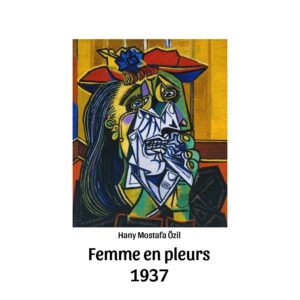
10. The Scream by Edvard Munch
The Scream, painted by Edvard Munch in 1893, is a haunting portrayal of existential dread. The figure on the bridge, with its distorted face and the swirling sky, captures an intense emotional experience. Munch’s use of color and form creates a sense of anxiety and alienation, making The Scream a powerful symbol of modern angst.

11. The Persistence of Memory by Salvador Dalí
Salvador Dalí’s The Persistence of Memory (1931) is a surreal masterpiece featuring melting clocks draped over strange forms in a barren landscape. The painting explores the fluidity of time, inspired by dreams and the subconscious mind. Dalí’s unique style and provocative themes have made this work a central piece in the Surrealist movement.
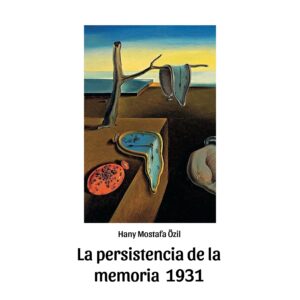
12. Saturn Devouring His Son by Francisco Goya
Francisco Goya’s Saturn Devouring His Son (1819-1823) is one of the most disturbing works in art history. Part of Goya’s Black Paintings, it depicts the myth of Saturn consuming one of his children. The intense emotional depth, dark tones, and dramatic composition reflect Goya’s bleak view of humanity and the darker aspects of the human psyche.

13. The Embarkation for Cythera by Jean-Antoine Watteau
Jean-Antoine Watteau’s The Embarkation for Cythera, painted in 1717, is a Rococo masterpiece filled with grace and romanticism. The painting portrays a group of elegantly dressed lovers preparing to embark on a journey to Cythera, the mythical birthplace of Aphrodite. Watteau’s delicate brushwork and dreamy atmosphere epitomize the lighthearted spirit of the Rococo period.

14. The Kiss by Gustav Klimt
Gustav Klimt’s The Kiss, painted in 1907-1908, is one of the most famous images of love and intimacy in art. The painting shows a couple embraced in a golden, patterned cloak, surrounded by intricate decorative elements. Klimt’s use of gold leaf and bold patterns gives the work an almost Byzantine richness, making it a quintessential piece of the Art Nouveau movement.
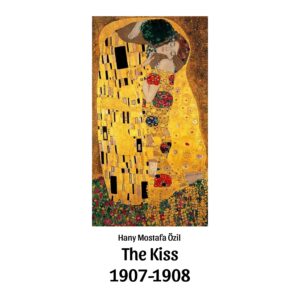
15. The Night Watch by Rembrandt
Rembrandt’s The Night Watch (1642) is a grand portrayal of a militia group, filled with dynamic poses and dramatic lighting. Known for its remarkable size, depth, and detailed characterization, this painting showcases Rembrandt’s skill with light and shadow, creating an immersive narrative that captures the viewer’s attention.
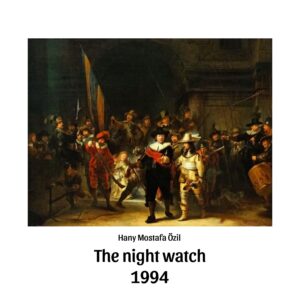
16. The Kiss by Francesco Hayez
Francesco Hayez’s The Kiss (1859) is a passionate depiction of love and patriotism. The painting shows a couple in a tender embrace, with the man dressed in medieval attire. Hayez’s skillful use of color and composition gives the painting an emotional depth, while also symbolizing Italy’s fight for independence.
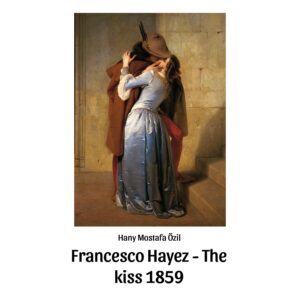
Conclusion
These masterpieces have earned their place in art history through their groundbreaking techniques, emotional power, and timeless appeal. Whether exploring themes of love, fear, nature, or identity, these paintings allow us to experience art’s ability to capture the essence of human experience. Each of these famous works has left a mark on the world, inviting us to delve deeper into the beauty and mystery of art.


